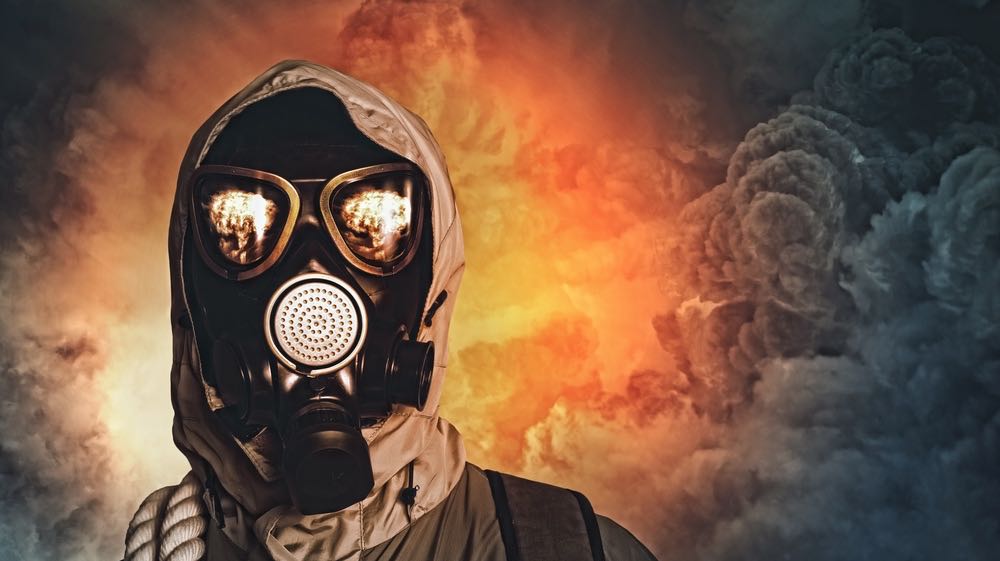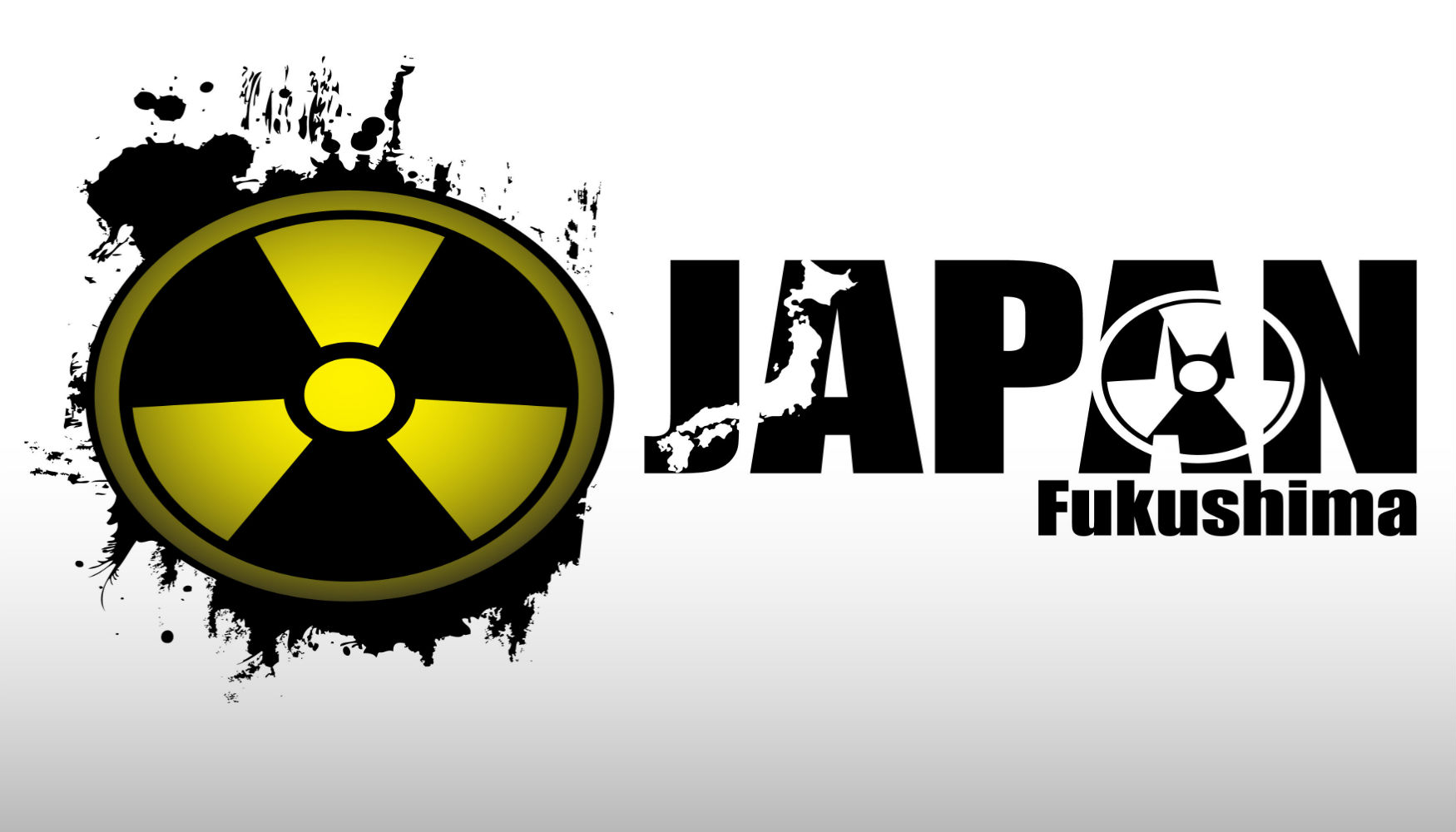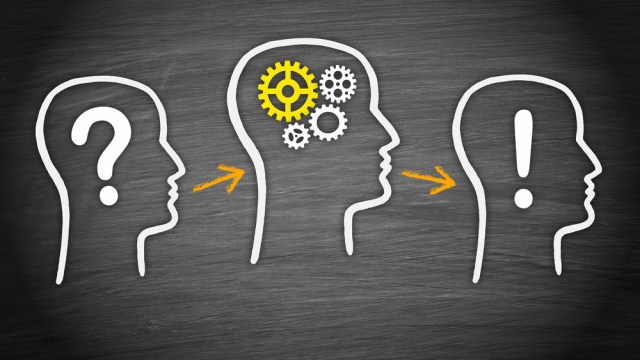Risk Reporting Fail, Part Two: An Egregious Case of Journalistic Radiation-phobia

What’s the first word that comes to mind when I say the word “Radiation”? “Cancer,” perhaps, or “dangerous,” or “harmful”? Or possibly “Chernobyl,” or “Fukushima,” or even “nuclear weapons.”
Chances are good that your first association with the word “radiation” will be something negative. Why? Beyond an X-ray or two or maybe a CAT scan, you probably have never been personally exposed to human-made nuclear radiation. You probably don’t work at a nuclear power plant or in nuclear medicine. If you’re like most people, you probably don’t know much about radiation at all. Then where does that negative association come from? Why the common fear of something few of us have experienced or know much about?
The answer, as it is with many of the things we worry about, but have no personal experience with or in-depth knowledge of, is… the news, which not only supplies us with information, but also frequently colors that information in the most dramatic and alarming possible way, establishing a public fear that often exceeds the actual danger. There can’t be a clearer case of how the news media has done this — helped create a widespread fear that far exceeds the actual risk — than the common apprehension about nuclear radiation.
And there can’t be a clearer case of the way the news media purposefully hype the fear of radiation than a glaring piece of radiation fear-mongering in Foreign Policy magazine, “The Mushroom Cloud and the X-Ray Machine,” by Sarah Laskow.
Laskow begins her piece with a frightening story about radioactive fallout from the post-WW II atmospheric testing of atomic bombs, framing things (as does the “Mushroom cloud” headline) in the scariest historic roots of radiophobia. She claims that 70 years after all those tests, and decades of operation of nuclear power plants, scientists “are still uncertain about” the risks of radiation. Which makes things sound scarier than they are. It’s also basically not true.
In fact, scientists know a great deal about the health effects of radiation. Based on 70 years of study following the survivors of the atomic bombs in Japan, radiation biologists know that even at high doses, ionizing radiation is far less dangerous than commonly believed. The most current estimate is that of about 11,000 people who were within six kilometers of ground zero and survived and who have subsequently died of cancer, 527 of those cancer deaths were caused by radiation… an excess cancer mortality rate from high dose radiation exposure of about two-thirds of 1 percent. That research has also firmly established that at low doses, the risk is tiny, if there is any risk at all. For atomic bomb survivors who got lower doses, radiologically associated morbidity or mortality are so rare that epidemiologists can’t detect any change in normal rates for those diseases.
Most reporters who write about the risk of nuclear radiation don’t know about this research. They just assume and repeat and reinforce the public assumption that this stuff is really dangerous. But Laskow knows about the research that puts the risk in a calmer perspective. She cites it. Yet despite the findings from that research that radiation is far less hazardous than commonly believed, she describes it in a clearly dishonest and alarming way;
The results haven’t been good: The greater the dose of radiation, the greater the risk of death, period.
The flip side of which is… the lower the dose, the lower the risk. Which Laskow simply fails to note. Understandably, given that her piece is about the danger from low-dose radiation, so acknowledging that it’s not very dangerous would undermine the alarm she’s sounding, which is the very premise of her story.
Laskow’s focus is on the controversy about whether low doses of ionizing radiation actually cause any harm at all. (Remember, the study of the A bomb survivors couldn’t detect any change in normal disease rates from low dose exposure, so the question about the hazard from low doses is basically educated guesswork, scientific extrapolation from what higher doses do.) Some scientists think any dose of radiation poses a risk, a conservatively protective assumption called Linear/No threshold (LNT). Some scientists think low doses do no harm, and even may have beneficial effects. But even if LNT is correct, the amount of harm low-dose radiation does is minuscule. (Remember, it causes less than a 1 percent increase in lifetime cancer mortality at HIGH doses.)
Yet Laskow describes the uncertainty that remains about LNT in melodramatic terms far more alarmist than the low risk — which she never mentions — truly deserves.
…not having the answer to the LNT puzzle could already be having tangible — even deadly — consequences.
Her story is laced with other unnecessarily alarmist language. Of a Congressional bill that would fund more research into the LNT question, she says;
The new bill places scientific inquiry in the service of a deregulation agenda that could make people less safe—not more.
There are more half-truths as well. Laskow says the atomic bomb survivors weren’t exposed to radiation long enough to tell us much about low doses. That’s scary, but wrong. They were exposed to high doses for weeks, and lower doses for months or more, easily long enough, according to most radiation biologists, to provide confident assumptions about the health impacts of both high- and low-dose exposure.
And almost as if to confirm her alarmist intent, Laskow cites Helen Caldicott as a source. Even most critics of nuclear power consider Caldicott hyper-alarmist and an unreliable source on the health effects of radiation.
The LNT controversy over the effects of low-dose radiation is an important story, and Laskow provides a reasonable overview. But she also provides a melodramatic, alarmist, and glaringly incomplete picture of the actual risk of radiation. She hypes a far scarier picture than the evidence warrants. And in doing so, she typifies what the majority of journalists, including many science journalists, do with their reporting about any risk (and I did too often during my 22 years as a TV reporter). They play up the scary, and play down or omit anything neutral or reassuring, and in the process they create and reinforce public fears… of vaccines, or “chemicals,” or child abduction, or radiation. There are tangible and serious impacts from such alarmism. It makes us far more afraid of some things than we need to be, which can have dramatic and often harmful impacts on the choices we make as individuals and as a society.
We should find and support the news sources that report risk responsibly. And we should criticize and challenge those that don’t. Public and environmental health is at stake.




